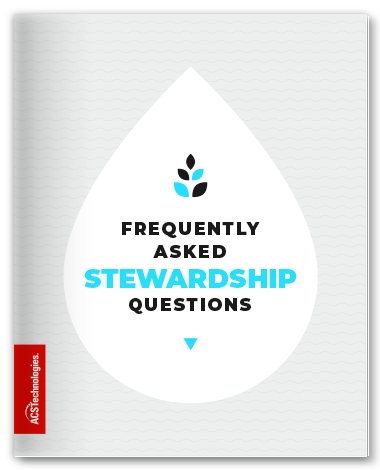
Making Change: Generosity Models For The Church
Does your church’s donor engagement plan need a revamp?
These easy-to-implement strategies get their inspiration from the models of generosity we find in scripture. Inspire your staff and your church’s donors by taking a look at best practices in leadership alongside some of the Bible’s most poignant lessons about giving as you freshen your stewardship plans.
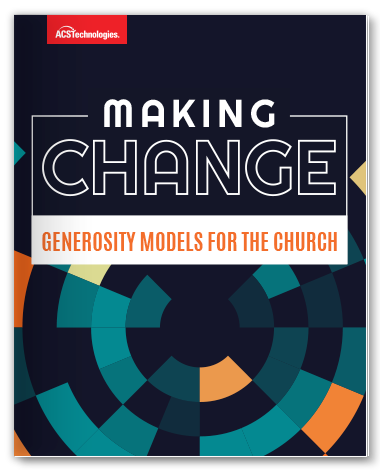
What Your Givers Want to Know

Loyal church donors are usually generous to other organizations and charities, too. Those nonprofit causes often do a better job than the church of (1) valuing donors, (2) anticipating and answering their questions, and (3) demonstrating the impact of their giving.
The tools in this article will help you and your staff anticipate – and effectively answer – the questions donors have but aren’t likely to ask you. Explore the six things your givers MOST want to know today.


Centralizing Data For More Effective Ministry
Data. These days data is everywhere. Especially in larger churches. There’s so much information to manage:
- Families
- Individuals
- Attendance
- Events
- Small groups
- Giving
All of this for thousands of names. Keeping up easily feels like a part-time job. Many churches ignore this work, and soon their data becomes a dreaded mess everyone avoids.
Data should be a massive ministry asset, and it starts by centralizing everything into a single, current, easy-to-use system. In this free guide, Centralizing Data for More Effective Ministry, you learn how to go from scattered to streamlined.
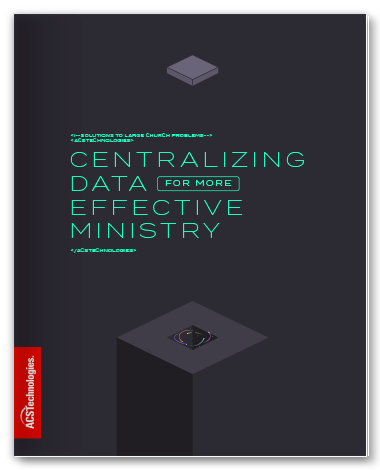
In this guide, you discover:
- The problems that disappear once you prioritize better data
- Where most churches go wrong in this process
- Three simple steps you can take now
Imagine opening your church tech tools and feeling:
- No more stress about inaccurate information
- No more uncertainty about if everything is correct
- No more ambiguity on numbers

Fight For Simplicity As Your Church Grows
Growth is exciting. More people show up, which means more people are reached.
Having more people involved means complexity creeps in. No one wants this to happen; it’s a byproduct of growth. Without diagnosing this problem, it festers. Ultimately, confusion and complexity reign, making it harder to grow a stronger church.
Thankfully, after working with tens of thousands of churches, we’ve seen other paths.
Our latest resource, Fighting for Simplicity as Your Church Grows, shows a path you and your team can follow.
In this guide, you discover:
- The symptoms of complexity
- How most churches get this process wrong
- Practical ways to introduce simplicity
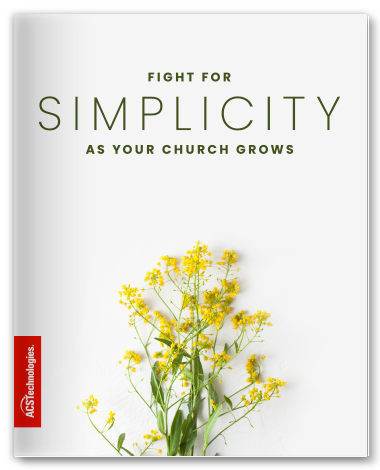
Learn simple, repeatable ways today to eliminate complexity and be a model of simplicity.
- Imagine no one being confused about all your church does.
- Imagine knowing what your church should and shouldn’t do because you’re focused.
- Imagine more people getting involved because it’s easier to engage.
These are just some of the things that happen when you fight for simplicity.



Assimilation: The Secret to a Growing, Thriving Church
People love visiting your church.
They enjoy the music. The teaching challenges and encourages them. Their family feels welcomed. But they don’t get involved.
This is a common story for many churches. Getting people connected to your church community is hard, especially with larger congregations. Do it well and you lead a stronger, thriving church. Or struggle to assimilate and people feel disconnected.
Our latest resource, Assimilation: The Secret to a Growing, Thriving Church, provides the tactical framework for starting (or resetting) an assimilation plan in your church.
In this guide, you discover:
● The problems solved by a great assimilation plan
● Why so many churches struggle with this
● Practical steps you can implement today, especially in larger churches
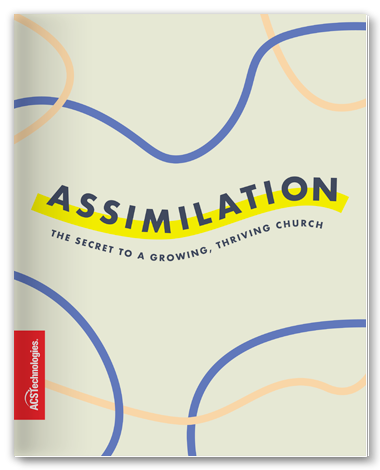
No more uncertainty. No more confusion. No more complexity. Just a clear, proven roadmap you and your church can implement now.
● Imagine guests who quickly connect with the people of your church.
● Imagine not needing volunteers because people quickly find places to serve.
● Imagine your staff reaching more people because technology empowers them to help connect people.
These are just some of the things that happen when you successfully assimilate people in your church.
This guide shows you how your church can thrive by connecting more people. Download it today and see for yourself.

Use technology to build stronger relationships
Turn your current database into a relationship engine
Relationships are critical to a healthy church. In larger churches, though, it’s hard to stay connected. You have more people attending, making it harder to really know who attends. People want to feel a sense of belonging. This happens when people know each other.
How do you overcome this problem? Technology.
Technology can accelerate the speed of relationships. In this free guide, Managing Relationships with Technology, you learn how technology is your best team member for managing more relationships.
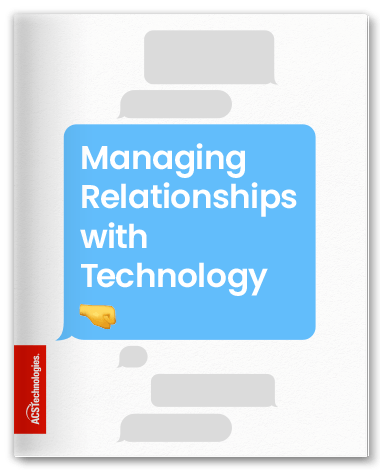
In this guide, you discover:
- The problems that disappear once you manage relationships digitally.
- Where most churches go wrong in this process.
- Three ways to connect with more people with the tech tools you already have.
Imagine celebrating the highs and mourning the struggles.
Imagine centralizing everything, so you stay current at a glance.
Imagine connecting to more people in your church.
This could be your church. It starts by downloading our free guide today.
Know
And
Grow!
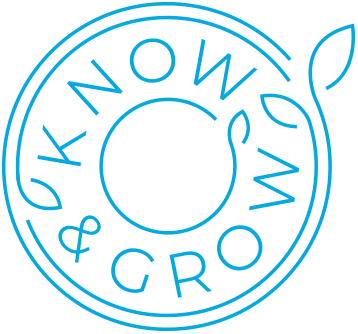

Many people may not put these two terms together – outreach and church growth. The reality is this; outreach should lead to church growth.
In Acts 1:8, Jesus tells his disciples to begin spreading Christianity in Jerusalem, then go to Judea and Samaria and then to the ends of the earth. The early church knew experienced rapid growth. Thousands were added to the church very quickly, and it was all through word of mouth. The early church didn’t have what we have right now from a technology perspective. They didn’t have access to demographic data or mass mailings or social
media.
ACST PROVIDES A BLUEPRINT
FOR RAPID CHURCH GROWTH!
There are three very important realities of church growth we cover in “Know and Grow.”
1) Healthy churches grow, but how and why?
2) Outreach leads to church growth. Unlock outreach strategies to position your church for rapid growth.
3) As disciples of Christ, we are commanded to go and make more disciples!
Download our guide, Know and Grow, to learn...
- How to leverage technology, data and insights for church growth.
- How to properly communicate and nurture your community and why
that is vitally important for church growth. - How to properly disciple your church to see monumental is church
growth. - Why Biblical stewardship is imperative to church growth.
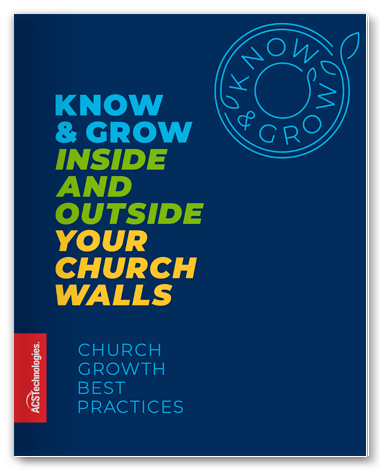

How to Connect Personally When You Can’t know Everyone
The more people know you, the easier it is to lead.
People follow who they know. As a ministry leader, they look to you for vision, spiritual direction, and biblical teaching. But a large church creates more demands on your time and more people to meet. Many leaders face this tension. There are usually a few responses: isolation or burnout.
Thankfully, after working with tens of thousands of churches, we’ve seen other paths.
Our latest resource, How to Connect Personally When You Can’t Know Everyone, shows a path you and your team can follow.
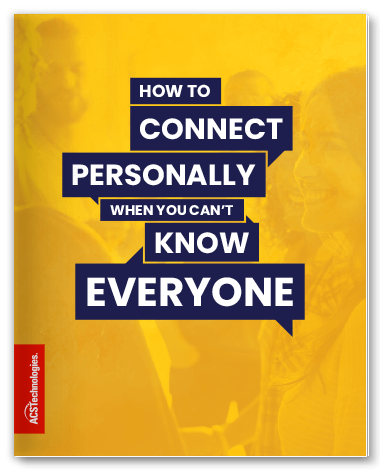
In this guide, you discover:
- The challenges most leaders face in larger churches
- What happens when you don’t build connections
- Practical ways to connect with those in your congregation and community
Learn simple, repeatable ways you can build more connections with more people.
- Imagine getting more consensus on the vision and mission of your church.
- Imagine knowing the challenges people in your church and community face.
- Imagine having advocates in your corner when tough decisions need to be made.
These are just some of the things that happen when you build personal connections when you can’t know everyone.
This guide shows how you can thrive by connecting more people. Download it today and see for yourself.

Big Church Made Small: Make Everyone Feel Known
Let’s face it: we all want to feel known.
Some people may say they prefer to get lost in a crowd. In reality, they want people to know how they are. They want to feel part of something. They want connection.
Being a larger church does create more opportunities, but it also creates more ways for people to get lost. They slip through the cracks of large gatherings, an online presence, or constant activities. Their name gets replaced by a number.
People should feel known at church. Our latest resource, Big Church Made Small: Make Everyone Feel Known shows a path you and your team can follow.

In this guide, you discover:
- The problems you face as a result of feeling too big
- How many churches miss the mark
- What you and your team can do now to shrink for growth
- Imagine everyone feeling like they belong in your church.
- Imagine small groups staying together for decades because of strong bonds.
- Imagine deep relationships creating organic change and growth.
These are just some of the things that happen when larger churches feel small.


